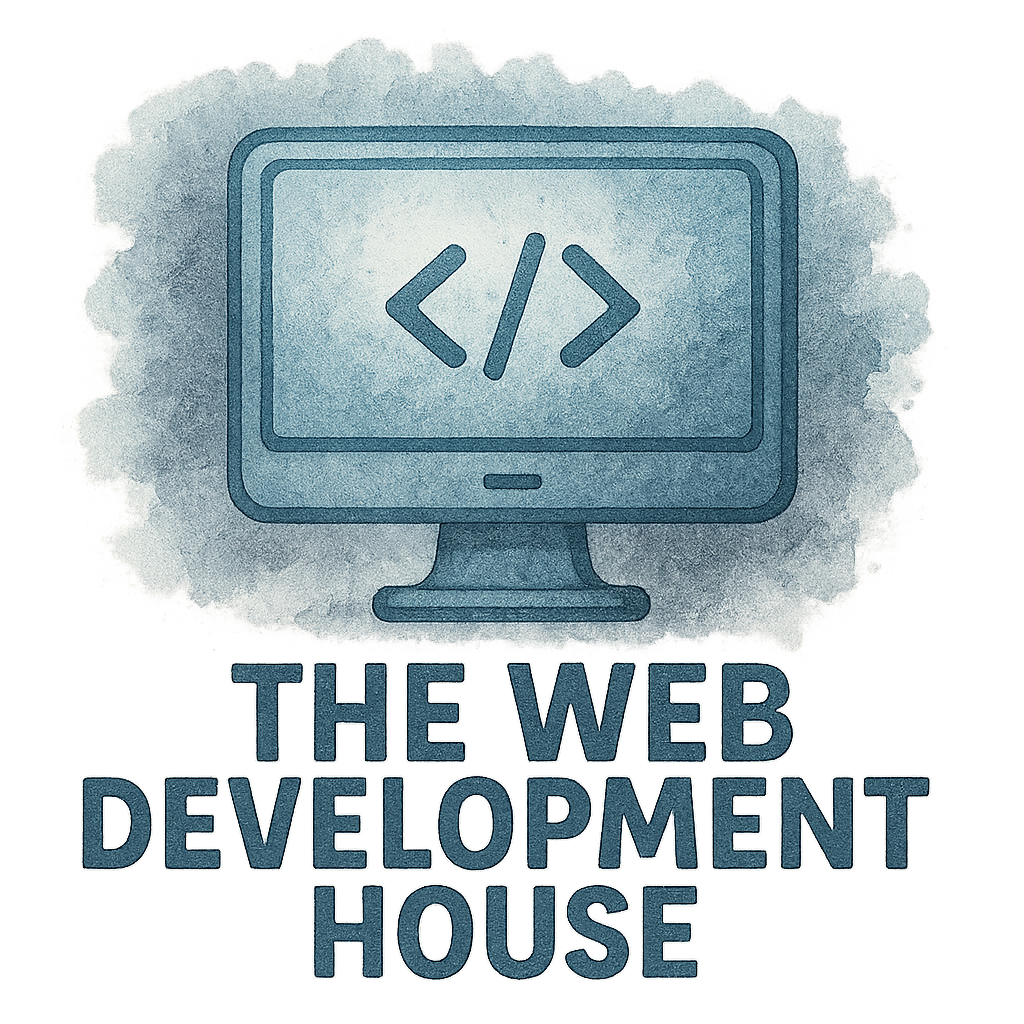Introduction
Gone are the days when software development was about heads-down coding in dimly lit cubicles. Today’s development houses are vibrant ecosystems of creativity, flexibility, and collaboration. As digital demands evolve, so does the culture that drives the innovation behind the code. In this article, we’ll unpack the top five cultural shifts reshaping modern development houses in 2025—and why they matter more than ever.
These shifts aren’t just trendy—they’re essential. Whether you’re a startup founder, a dev team lead, or just trying to future-proof your business, these insights are for you.
Let’s dive in. 🚀
1. Rise of Remote-First Collaboration
Breaking the Office-Only Mentality
Remember when “remote work” was a perk? Now, it’s practically the blueprint. Development houses are shifting to remote-first cultures, and it’s more than just working from home—it’s about building digital-first workplaces where location is irrelevant to productivity.
This cultural change is enabling companies like The WD House to access global talent pools while slashing overheads and increasing employee satisfaction.
Tools That Power Remote Teams
From Slack threads to asynchronous meetings, remote-first teams rely heavily on smart tools and strategies.
Project Management Tools
Cloud-based project management is the heartbeat of remote teams. Platforms like Jira, Asana, or ClickUp help development houses stay on the same page, no matter where they’re located.
Mobile Development Synergy
Remote developers often handle cross-platform tasks. Mobile development has become modular and collaborative—think Git branching meets coffee shop coding.
2. Embracing Human-Centric UI/UX Design
From Features to Feelings
Today, features alone don’t win hearts. What matters is how a user feels while navigating your product. That’s why modern dev houses are making UX a cultural cornerstone, not just an afterthought.
UI/UX Best Practices
The best digital products balance beauty with usability. Companies are embedding designers early in the development cycle, ensuring feedback loops that actually influence architecture and flow.
Design Thinking & Collaboration
Design is now iterative. Weekly critiques, journey maps, and micro-interactions rule the design process.
Design Tag
The evolution of design culture empowers developers and designers to co-create rather than work in silos.
3. Startup Mindsets in Established Development Houses
Agility Over Bureaucracy
Even big dev houses are borrowing startup swagger—think fast pivots, lean sprints, and scrappy testing. That doesn’t mean ditching structure—it means evolving with speed.
Company Culture Is Evolving
Agile mindsets are changing how decisions are made. Hierarchies are flatter, ideas flow from all levels, and collaboration is no longer top-down.
Core Values
Organizations are finally putting people before process. Transparency, inclusion, and experimentation are replacing rigid workflows.
Startup Tag
Whether you’re 10 or 1000 employees strong, embracing a startup-like culture could be your secret weapon.

4. Developer Productivity Reimagined
It’s Not Just About Code Output
The idea that productivity equals lines of code is long gone. Today, it’s about delivering business value, writing sustainable code, and collaborating effectively.
Development House Features
Modern development houses are investing in continuous learning, emotional intelligence, and mental health—not just sprint velocity.
Productivity Tag
From NoMeeting Fridays to deep-work hours, new rituals are emerging to protect developer flow states and creativity.
5. Multi-Disciplinary Teams Are the Norm
Collaboration Between Devs, Designers, and PMs
Remember when teams were siloed? Not anymore. Development houses are now intentionally mixing roles to ensure seamless product delivery.
This shift has led to better cross-functional understanding and fewer communication breakdowns.
Web Development & Beyond
Web development is no longer just about HTML and CSS. Teams now include strategists, QA, accessibility experts, and even customer success managers.
Best Practices Tag
These multi-talented squads thrive on following shared best practices that span coding, communication, and culture.
Conclusion
Cultural shifts in development houses aren’t just surface-level changes—they’re seismic movements reshaping how software gets made, teams operate, and businesses scale.
From embracing remote collaboration and prioritizing UI/UX to adopting startup mindsets and redefining productivity, these changes are setting the stage for the next decade of digital innovation.
If you’re part of a development house—or planning to build one—understanding and adopting these cultural shifts isn’t optional. It’s essential.
For a deeper look into what a future-ready dev house looks like, check out The WD House and explore their commitment to next-gen design, project management, and mobile-first solutions.
FAQs
1. What is a development house?
A development house is a company or agency that specializes in creating software, web platforms, mobile apps, and digital experiences for clients or internal use.
2. Why is remote-first culture important for development houses?
Remote-first culture helps companies attract global talent, reduce operational costs, and build flexible, resilient teams.
3. How does UI/UX influence a development house’s success?
A strong UI/UX design improves user satisfaction, boosts engagement, and often determines whether a product will succeed in the market.
4. Can traditional companies adopt startup culture?
Absolutely. Many large development houses are integrating agile practices, flat hierarchies, and quick iterations to stay competitive.
5. What tools enhance remote development collaboration?
Popular tools include project management platforms like Jira and Asana, code repositories like GitHub, and communication tools like Slack and Zoom.
6. How is productivity measured in modern dev houses?
Rather than lines of code, it’s measured through value delivery, code quality, collaboration, and team well-being.
7. Where can I learn more about modern dev house best practices?
Check out The WD House Blog for insights on best practices, project management, and UI/UX.
Let me know if you’d like this article formatted for direct WordPress upload or need accompanying images!
4o

